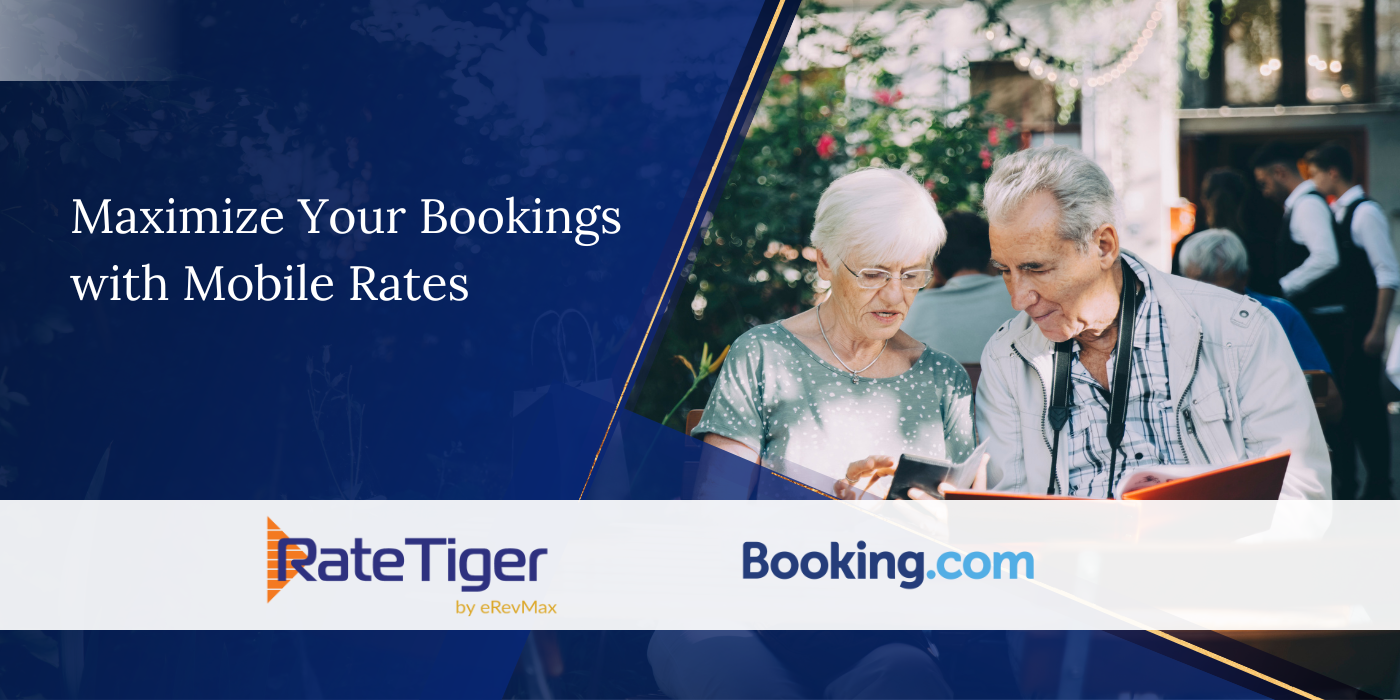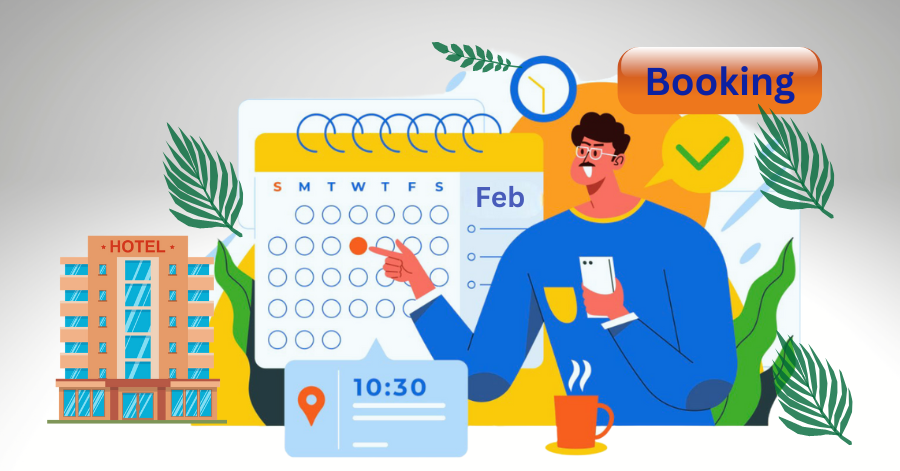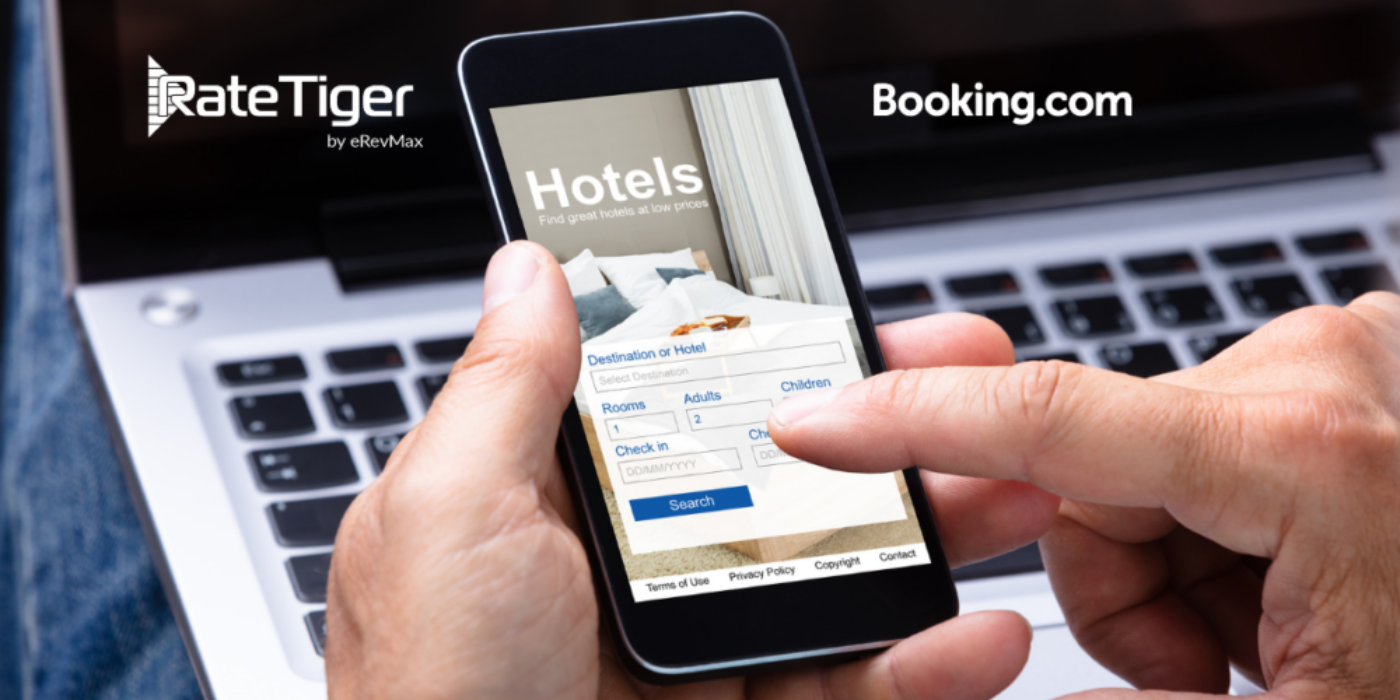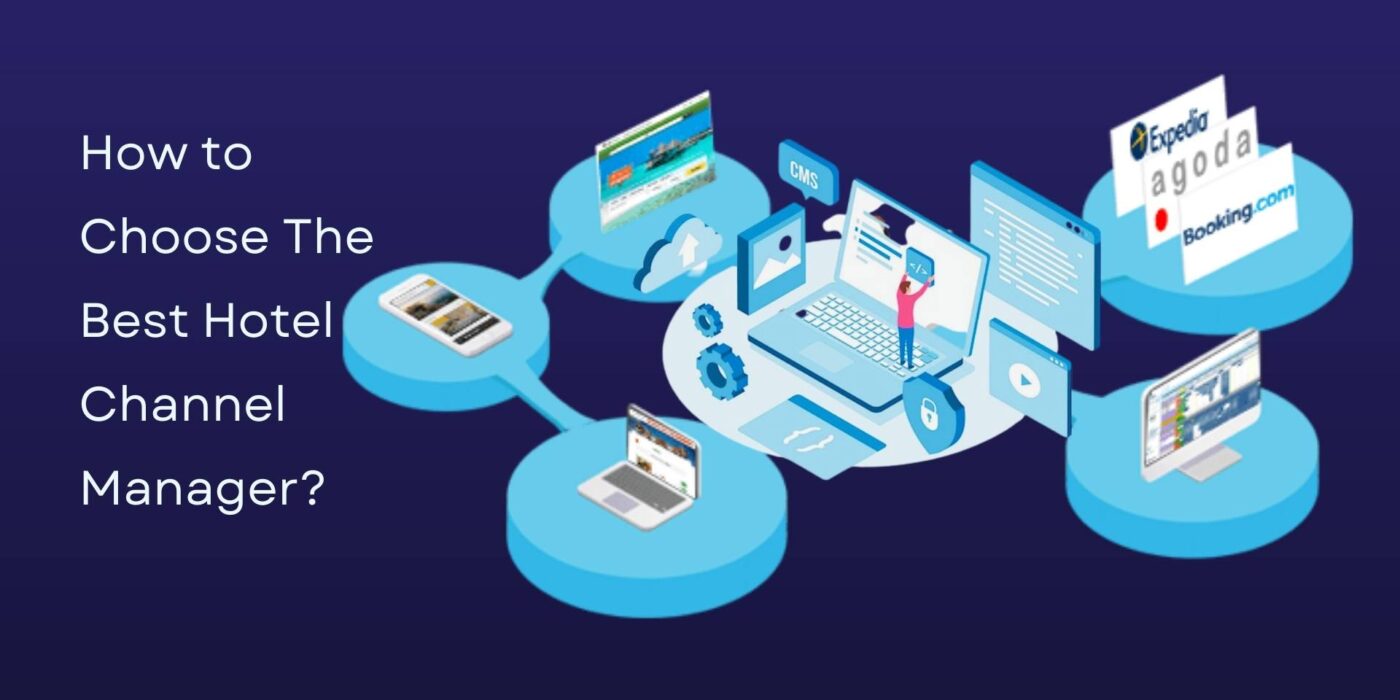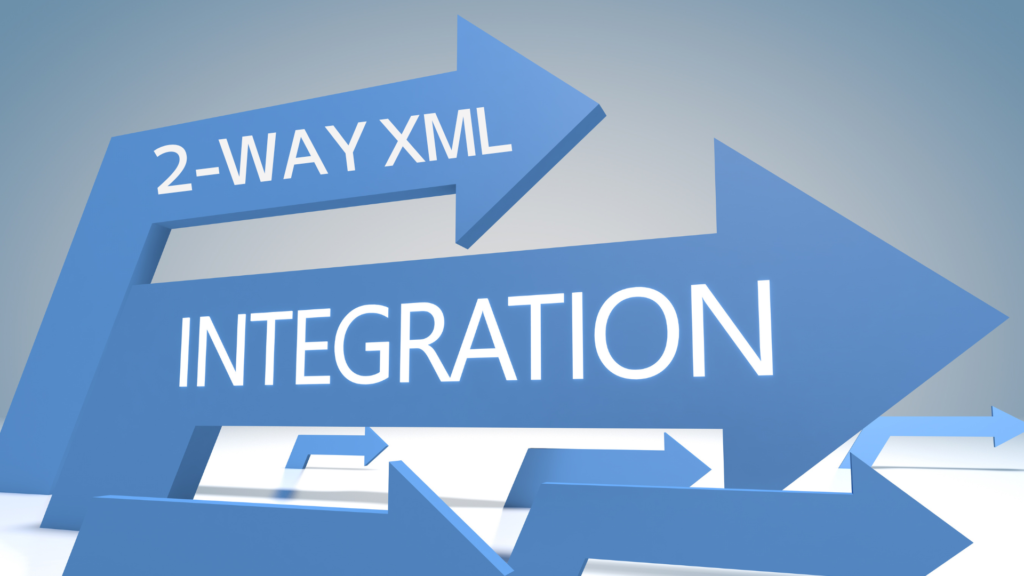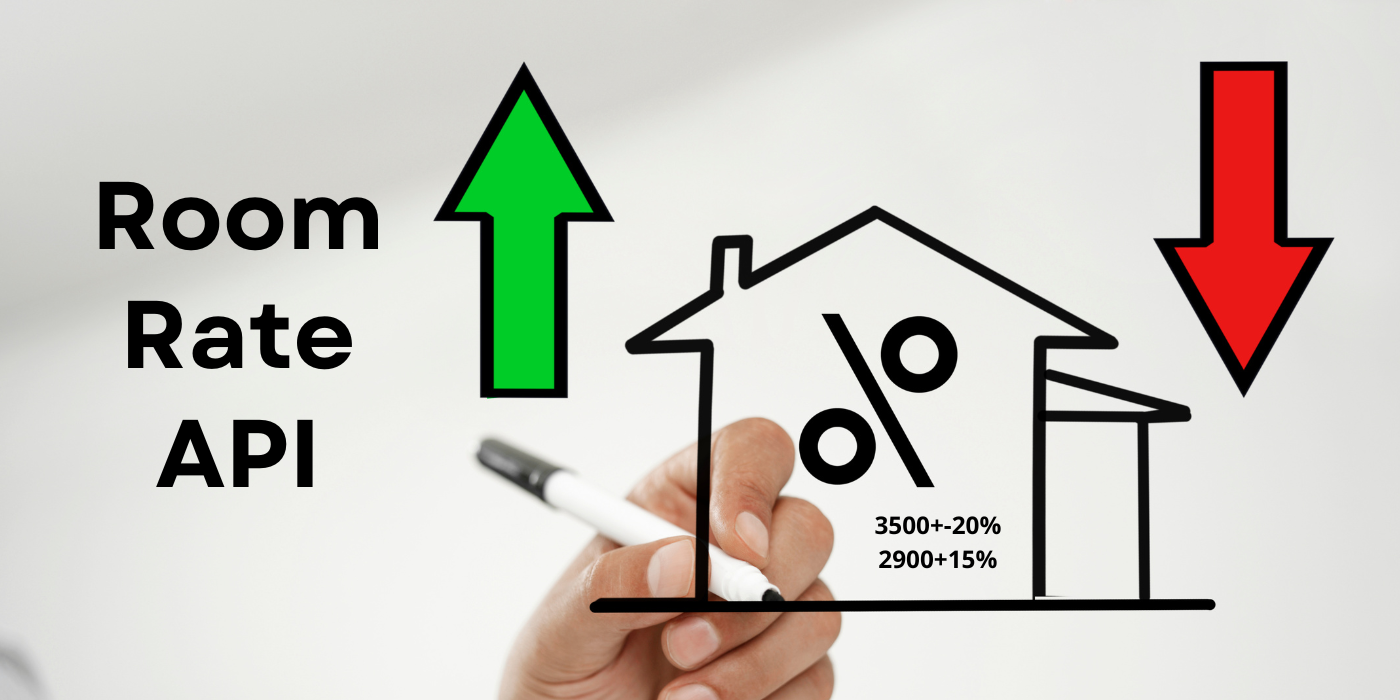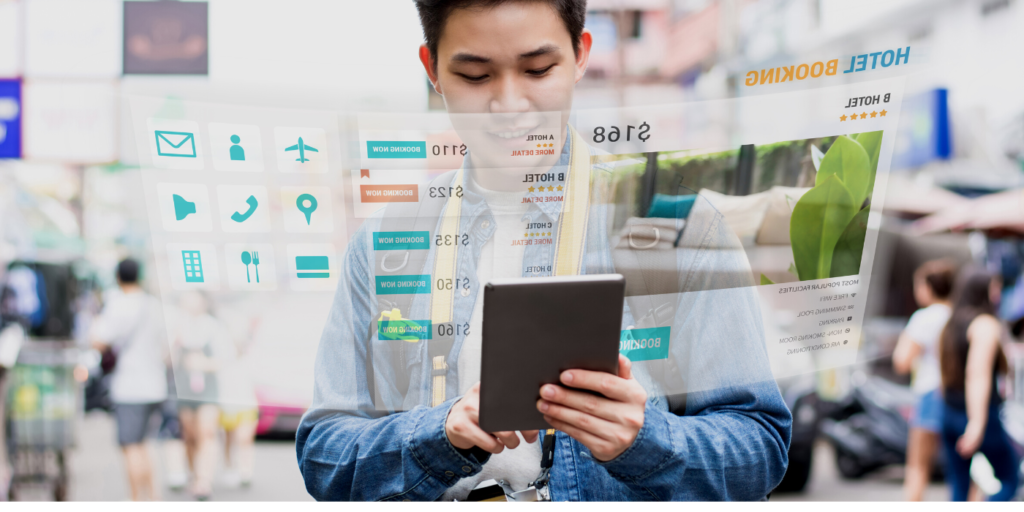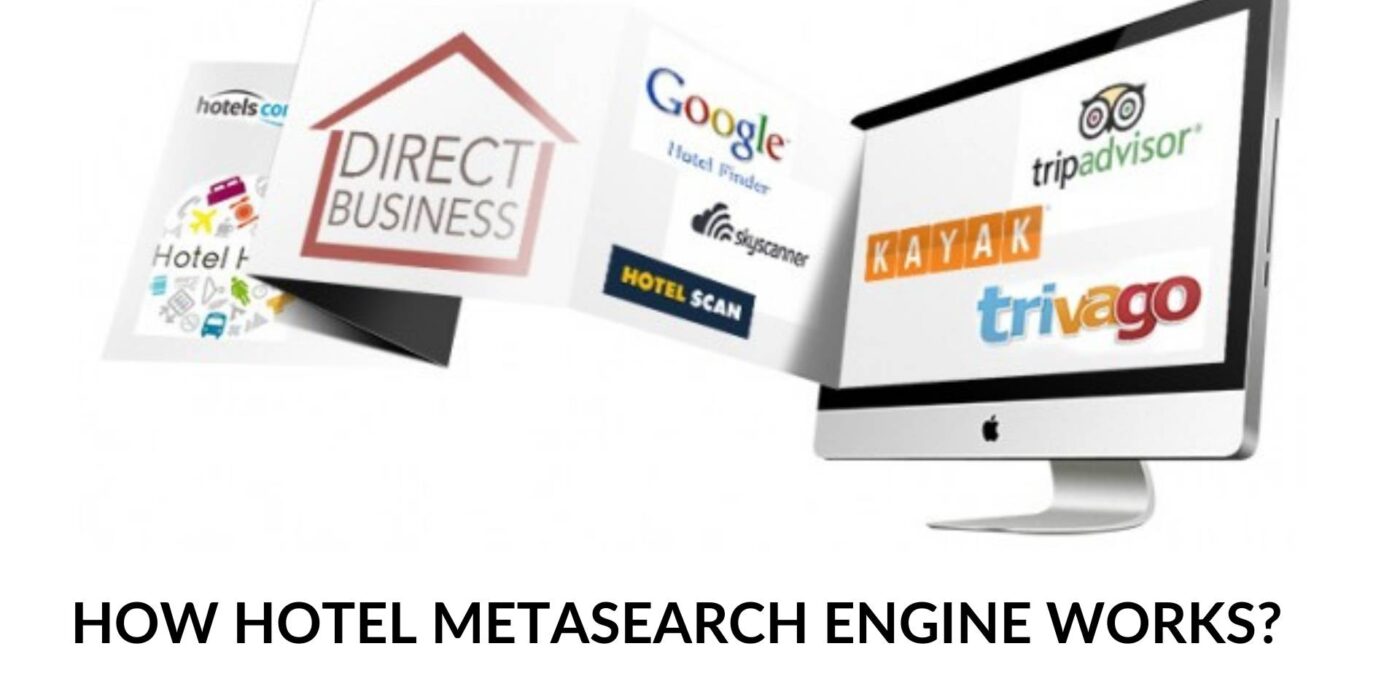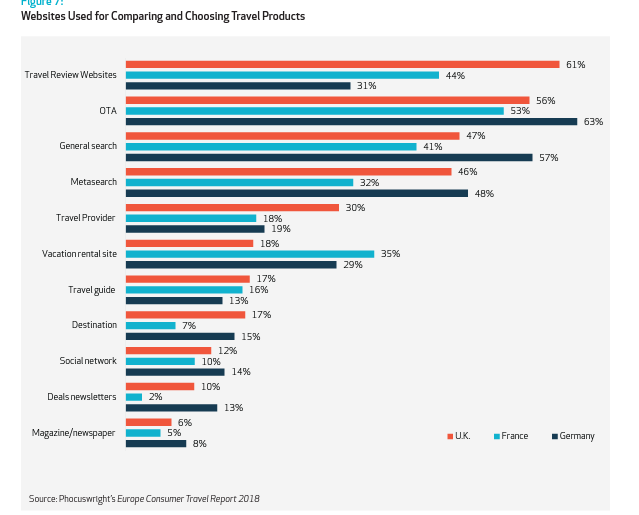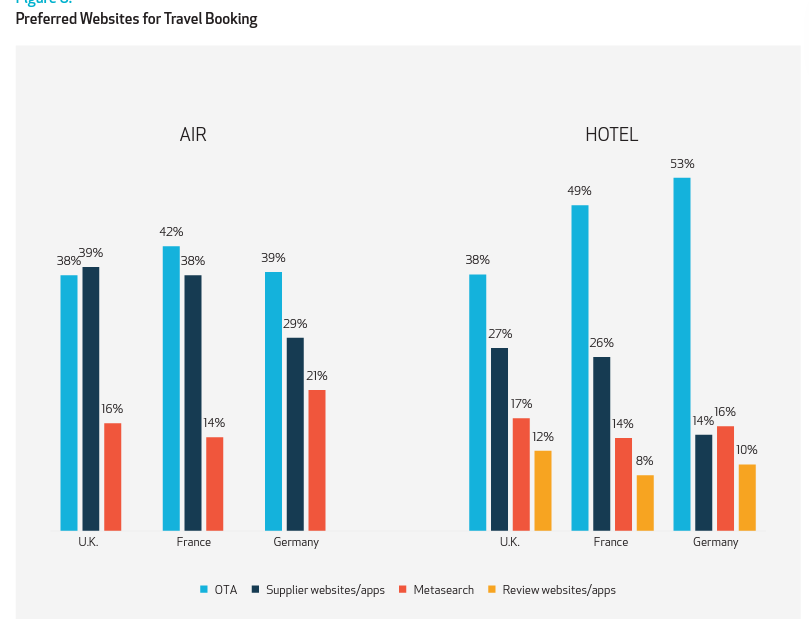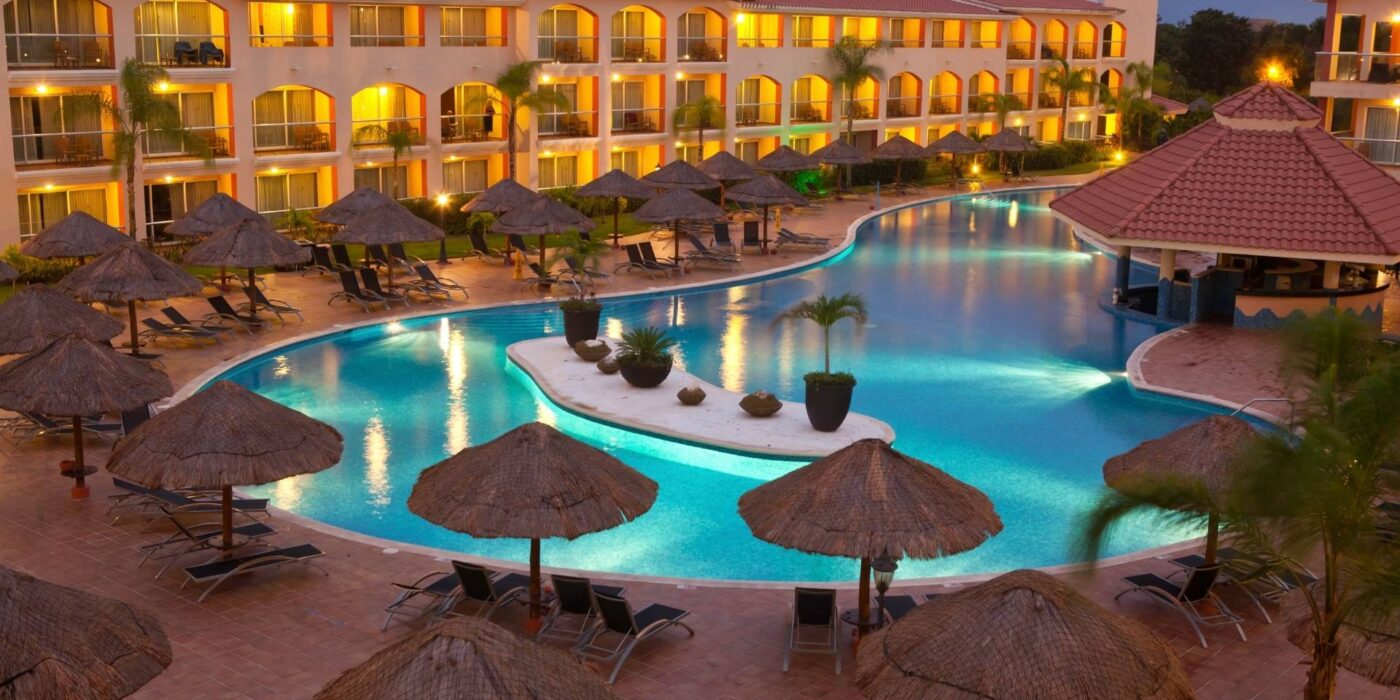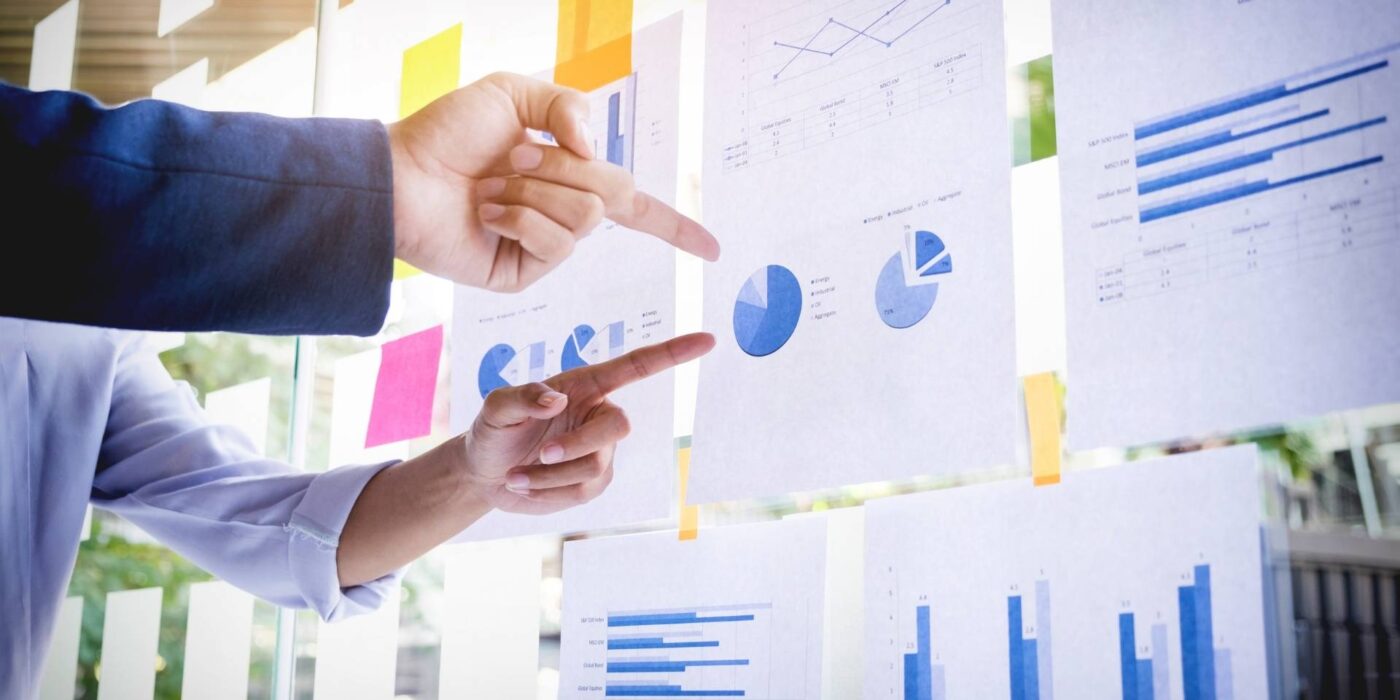To facilitate their planning and booking processes, people use a range of solutions. While the planning or inspiration often starts with general search and travel review sites, over the years metasearch has emerged as the one of the most important channels during the shopping and selecting products phase.
Hotel Metasearch Engine is a tool that aggregates rate and availability data from various travel sites including hotel website and OTAs and presents it to the user based on various parameters like popularity, rate and reputation. Popular metasearch sites of 2022 are Google Hotel Ads, TripAdvisor, Trivago, Skyscanner and Kayak. Without having to browse through multiple sites, it gives you the feasibility to check a hotel’s price, images, services offered, ratings and reviews across different sites all at once.
How Metasearch Works?
A metasearch engine works by taking a traveler’s query and generating the related search. For instance, if a traveler is looking for hotels in a particular place for so and so dates, then these metasearch websites will generate search results showcasing the property name, location, room type, room rates and so on.
Your hotel may have its property listed on different OTAs like Booking.com, Expedia, MakeMyTrip, Hotels.com, and more. When a potential customer visits any particular site to find a hotel in any region, the hotel name and room rates are shown. Along with this, the OTAs also participate with the lists curated by metasearch sites.
Suppose your hotel is listed on five online travel agencies and you have different rates for the same room type on each of the five platforms. Once a prospective guest clicks on the hotel, metasearch will show him/ her the price at all the sites taking part in the metasearch campaign.
It gives the travelers the ease to compare the rates of the same hotel on multiple channels on a single platform, more extensive, multi-brand choice, the inclusion of traveler reviews, ratings, and trip ideas. Plus, the seamless experience of the one-stop-shopping process that allows multiple products to be booked in one place. With price being a major factor during the booking process, users have the tendency to compare prices during the booking process and hence it is advised to maintain Rate Parity.
When the prospective guest finds a deal and clicks on a link to book a hotel, the metasearch directs the guest to the particular website to complete the process. You can also integrate your hotel’s booking engine with metasearch redirecting the customer directly to your brand’s website. In the first instance, the metasearch website works on CPC (Cost per Click) or PPC (Pay per Click) model and in the second case, it works on the CPA (Cost per Acquisition) model.
Best Ways to Work with Metasearch
As mentioned above, CPC and CPA are the two main types of cost models for metasearch campaigns. There is also a third type called CPM (Cost Per Impression) where the focus is on the number of impressions.
The hotel owners used to follow the CPC/ CPM model before Google and TripAdvisor started with the “Book Now” feature allowing customers to book directly on their platform. With this model, whenever a hotel received a booking, Metasearch received a commission for the booking made and the traveler received direct and seamless booking experience.
Let us now have a look at the best cost model to begin a metasearch campaign:
Under this model, a hotel is charged every time someone clicks on the ad. The metasearch shows the hotel ad to the maximum number of visitors and charges the hotel a fixed price per click.
Pros – It is the most transparent way to increase visibility and leverage the advantage of showcasing your property to prospective guests and maximize your revenue.
Cons – If you haven’t set the price aptly (i.e., your rate isn’t effective in comparison to competitor’s or if you are better priced on OTA than your website) then you are going to lose your revenue and sales in return.
Under this model, a hotel is charged only when a booking is made. The metasearch charges the hotel a fixed commission or a percentage of the amount of booking made. Guests can book on the metasearch channel without leaving the platform, and hotels can advertise on a risk-free “no booking no fee” basis by opting for Pay Per Stay bidding instead of Pay Per Click.
Pros – The USP of this model is that you are charged only when a booking is made and you get return for every penny spent.
Cons – Your visibility goes parallel with your ROI and the revenue generated by the metasearch. There is a possibility that the provider may be earning better with CPC for another hotel than the commission received by you. Therefore, you lose your position and visibility on the site.
- Cost Per Impression (CPM)
Under this model, the hotel owner pays a charge for the number of people seeing the ad irrespective of clicking on it or not. A predetermined charge is set for a certain number of impressions.
Pros – This model is the cheapest way to broadcast an ad and to display it to a maximum number of people, increasing your hotel’s visibility.
Cons – There is no guarantee that the number of people seeing your ad will click on it or visit your website or make a booking, thereby affecting your ROI.
This model is a combination of both the pay per click and cost per action. The hotel leverages the advantage of pay per click in line with the commission factor.
Pros – The hotel can set the maximum budget and freely invest in the ad media. As long as the campaigns are running below the maximum cost the hotel is making profits. This way the hotel grabs the benefit of maximum visibility and revenue maximization.
Cons – The target CPA model comes with its own share of risk. Firstly, it directs a way to conversion but doesn’t guarantee conversion. Secondly, if the conversion turns out to be bad it is a total loss for you.
Top Travel Metasearch Engines Worldwide
Launched in 2010, Google Hotel Ads has become the largest hotel metasearch engine accounting for 57% of the hotel bookings. For millions of people Google is the starting point to plan their trip: from destination selection to flight/ train/ bus to hotels people start their search on Google. With the introduction of hotel booking option directly on Google and CPA scheme, this search engine grew to become one of the most preferred platforms by most travelers and hotel owners.
As the name suggests, founded in the 2000 TripAdvisor has become the online travel guide for the people. Traveling to different parts of the world, it has more than 1.4 million hotels and properties listed. Showing the best rate for a hotel by compiling the rates and availability on different sites, and the direct booking option brings more than 463 million visitors per month to this platform.
Owned by the Trip.com Group this Scotland based travel metasearch engine was founded in 2003. As the name suggests, this travel metasearch was started with showing the best price for flights and is known for its security in online purchase. Evolving over time, they started with Skyscanner hotels in 2014 becoming one of the most popular global hotel metasearch engines.
Takeaway
Now when you know how metasearch works, make sure to choose the right metasearch website and invest effectively in the pricing model to grab your share of success. All hotels in your area are running this race and winning maximum booking. So, are you ready to win this race?
